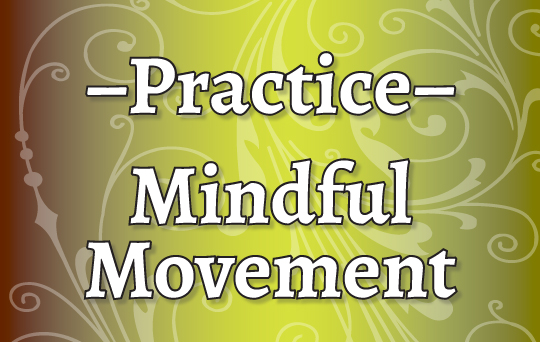“Managing Anxiety.” That doesn’t sound possible, does it? Anxiety is something that happens to us; we can’t “manage it.”
Well, actually, we can. It’s a little known fact, but it’s true. I’ll show you how!
From the Ayurvedic perspective, anxiety is a high Vata state. To get to anxiety, you first passed through worry. And if you don’t tend to anxiety, you will progress to the next stage, which is overwhelm. So, these are all states of high Vata dosha; what separates worry / anxiety / overwhelm from each other is the degree to which Vata has become excessive (or, aggravated). Worry is lowest on the totem pole; overwhelm is higher up; anxiety is in the middle.
When Vata dosha is excessive, sleep becomes difficult (see my post on that here), digestion goes awry, and most people becomes constipated (post on that here). These things are all tied together! So, the good news is that by tending to your high Vata state, you tend to all of these symptoms.
Vata dosha is comprised of the air + space elements. Vata is about movement (the air element generates movement) and expansiveness / spaciness. When Vata dosha is high, there is literally too much movement happening. In terms of anxiety (as well as worry and overwhelm), there is too much movement in the mind.
High Vata dosha can happen for lots of reasons; stressful life circumstances are almost guaranteed to increase Vata because of the change and uncertainty that come with them. With change and uncertainty we tend to think too much about the situation at hand, including how we are going to deal with it—as well as what else might come our way. It is very easy for the mind to inflate the situation into something very dire. There are times when this over-thinking feels justified, like it is a way to strategize and future-plan, but it all just serves to increase Vata even more. So, one of the strategies is to stop thinking. I don’t mean “scale it back;” I mean stop it altogether. Stop the run-away train before it creates a wreck (and you end up in overwhelm).
Before I go into more details about how to calm Vata down, let’s go over the qualities of Vata dosha. They are: cold, dry, light, and mobile. With Ayurveda’s focus on Opposites Balance Each Other, we apply the opposite qualities to restore balance. These qualities are: warm/hot, moist/oily, heavy, and still/stable.
Here’s what that looks like in real life:
Still/Stable
- quiet your mind by getting into a meditative state (walk in nature, ride a bike, do tai chi or yoga)
- still your body (even if it wants to move around)
- create a regular, consistent daily schedule for yourself (eat your meals at the same time every day, get up and go to bed at the same time every day)
- lay in a restorative pose
- distract your busy mind by doing something creative and enjoyable to you
Heavy
- sleep under heavy covers (ie: wool blankets or a weighted quilt)
- find other ways to place weight on your body (maybe this is something like wrist or ankle weights, which you can purchase at fitness equipment shops)
- employ grounding strategies (ie: stand barefoot on the earth, sit in a squatting position, meditate on your root chakra, lay on your back and feel the floor beneath you)
Warm/Hot
- put on warmer clothing
- eat warm nourishing foods (soups and stews come to mind)
- turn up the heat where you are
- drink some hot tea or chai
- wrap yourself up in a blanket
Moist/Oily
- apply oil (or lotion) to your skin to bring in much needed nourishment (sesame oil is a general one that we recommend)
- hydrate adequately (take half your body weight in ounces, daily, of water and/or herbal tea)
- use a little bit more oil in your cooking (olive, sesame, sunflower, and ghee are all great choices)
Pick any of the above suggestions and implement them. Do what is easy for you. They will work, but you may need to stay consistent with them over a period of time (a week, maybe?) as you train your mind to shift away from its high Vata state.
Yoga Nidra
Another tool that I find to be indispensable is yoga nidra. This is a guided meditation—and so much more.
The yoga nidra that I recommend is this one. It’s a $10 download. (I get no financial gain from recommending this product.) You get 3 tracks: an introduction to why yoga nidra is so effective (and why it’s different than any ol’ guided meditation); a 20-minute practice; and a 30-minute practice.
It is said that 20 minutes of yoga nidra is the equivalent of two hours of sleep. Use it to go to sleep; use it to go back to sleep; use it to take a mid-day nap; use it to de-stress. ‘Nuff said.







